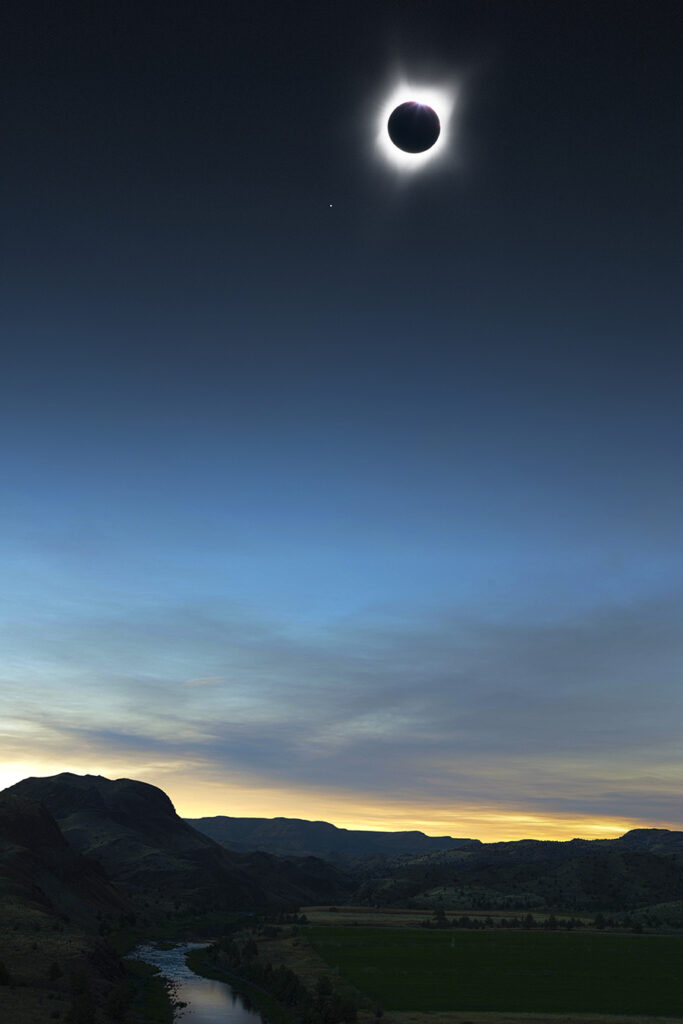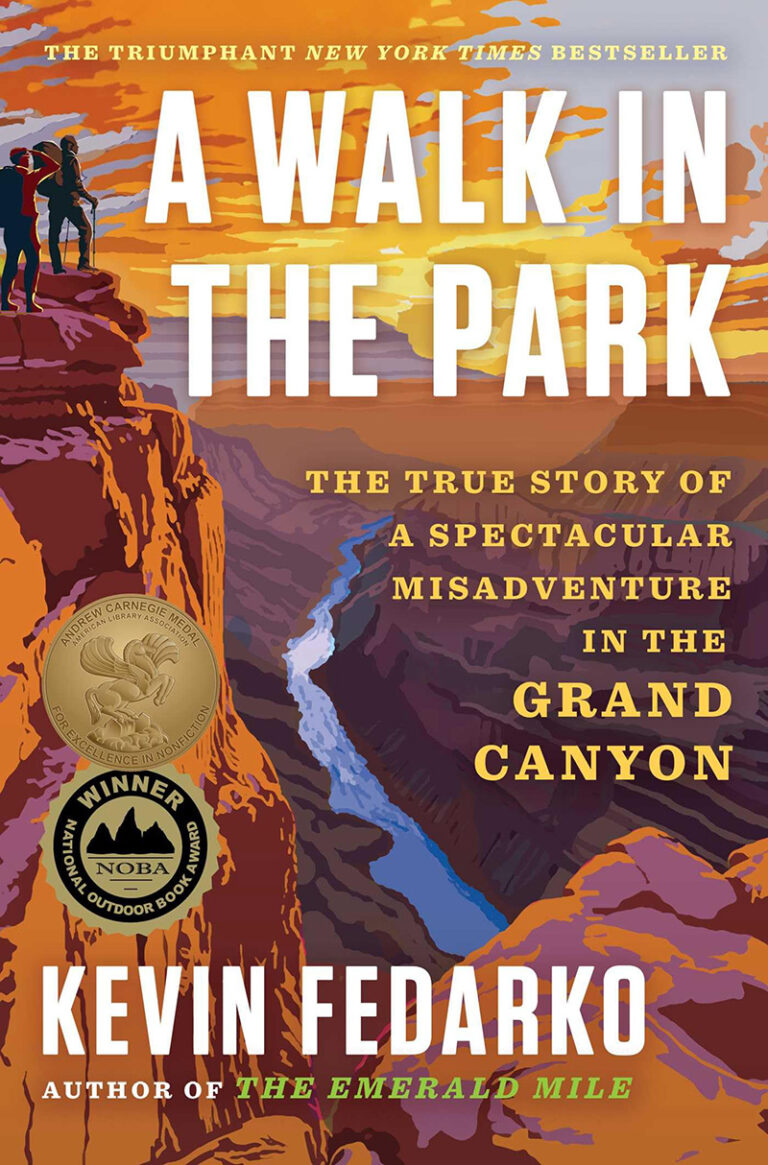Cover photo courtesy of Danielle Denham @thePDXphotographer
By James P. Johnson
On April 8, a total solar eclipse will cross the U.S. from Texas to New England. My streak of witnessing totality of every solar eclipse in the contiguous U.S. for the past 45 years may end.
My claim is true, but hyperbolic. I haven’t been criss-crossing the country catching bunches of total eclipses—it’s just the third one on the mainland in the last 45 years. Since they’re fairly rare, making an effort to see one is worth considering.
My streak is possible simply because the last two passed through the Northwest. As a student at WSU in Pullman in 1979, clouds and heavy rain obscured a total solar eclipse, and the experience was less than profound. I documented it by taking a photo of my roommate standing on our covered deck holding a clock and acting puzzled that it was dark.
It was a long time until the next one. In August 2017, I drove through sparsely populated Eastern Oregon to a lonely junction and turned onto a dusty road that climbed from a sagebrush-covered valley into forested highlands. Nearing a campground I thought would be neglected and little-used, there was a lot of traffic. Vehicles were parked at the side of the road in many places. I arrived at the bustling campground and asked a couple of guys, whose accents made me think they’d come from England, about campsites. They said the last one was taken a week ago. Thinking I could snag a campsite in the middle of the path of totality the day before is a good indicator of extreme naïveté.

I backtracked a few miles, pulled to the roadside and pitched a tent in the woods. The next morning, the mood was jovial. One guy went up and down the road offering free viewing glasses for anyone who’d forgotten theirs. Then the marvel began that induced awe, wonder and deep celestial thoughts.
I monitored the moon as it slowly covered the sun, which took an hour and thirteen minutes. Even with a large portion covered, our sun’s so bright that the landscape still seemed nominally illuminated.
About 20 minutes before totality, brightness finally lessened noticeably. It was such an odd thing; mid-day, sunny weather with a dark tint to it. I imagined a planet somewhere in the universe, so distant from its sun that light intensity is similarly diminished. I’m glad it’s not our normal condition.
Then, the great climax—the last 7-10 seconds when what brightness there is dims rapidly. There’s no comparable experience. The entire lit landscape shut down to total darkness in less than ten seconds. It was freaky, bizarre. It boggled my mind.
Whoops of excitement rang out. The dark disk with a bright halo hung for two minutes and two seconds. Then the sun peeked out and began regaining its celestial supremacy.
The uncovering was anti-climactic, and I left before it was complete. A long, slow-moving line of cars made the journey home a few hours more than normal. I momentarily questioned if the trip had been worth it. Yes, it had been!
Currently, I don’t have plans to travel south or east to experience totality in 2024, so I’ll have to content myself with Spokane’s 38% maximum partial eclipse. Though my streak may end, I’m cheered that the next total eclipse will be nearby again, in western Canada and Montana. There’s a downside though: we’ve got a 20-year wait. It’s in August of 2044. For information on this year’s event, Googling “solar eclipse 2024” brings up a bunch of websites. I’ve found NASA.gov is excellent. //
James P. Johnson is the author of “Spokane and Coeur d’Alene Freshwater Shark Attacks.” He wrote about tomato preservation in Out There last fall.













